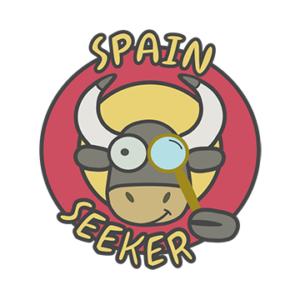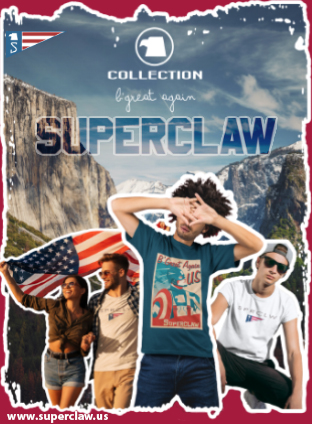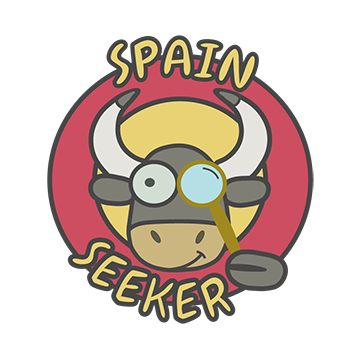Best Times to Visit Spain for Experiencing Vibrant Local Celebrations
Spain is a country bursting with life, color, and tradition, where each region holds its own unique celebrations throughout the year. Whether youre drawn to the fiery passion of flamenco, the exhilarating chaos of a bull run, or the joyous revelry of a local festival, timing your visit to coincide with these events can transform your experience in this vibrant land. This article explores the best times to visit Spain for experiencing its most exciting local celebrations, offering insights into the cultural richness that makes Spain a must-visit destination. From the world-famous Tomatina in Buñol to the spiritual depth of Semana Santa in Seville, Spains festivities are as diverse as its landscapes. By planning your trip around these events, you’ll enjoy a deeper connection with the local culture, witness centuries-old traditions, and perhaps even participate in the celebrations yourself. Whether you’re a first-time visitor or a seasoned traveler, this guide will help you discover the most unforgettable experiences that Spain has to offer.
Spring: Semana Santa and Feria de Abril
Spring in Spain is marked by two of the country’s most iconic celebrations: Semana Santa and the Feria de Abril. Semana Santa, or Holy Week, takes place in the lead-up to Easter, with the most elaborate processions held in Seville, Granada, and Málaga. In these cities, the streets come alive with solemn processions featuring hooded penitents, vibrant floats depicting scenes from the Passion of Christ, and the haunting sounds of saetas, traditional flamenco songs. This deeply spiritual event offers a unique glimpse into Spain’s rich religious traditions, drawing thousands of visitors each year. Just a few weeks later, Seville hosts the Feria de Abril, a week-long festival that showcases the city’s love for flamenco, horses, and tapas. During this time, locals and visitors alike gather in colorful tents, or casetas, to dance sevillanas, a type of flamenco, and indulge in traditional dishes like pescaíto frito (fried fish) and jamón ibérico. The fairgrounds are filled with the sound of clopping hooves as riders parade through the streets, dressed in traditional Andalusian attire. The Feria de Abril is a celebration of Andalusian culture at its finest, offering visitors a chance to experience the warmth and hospitality of the region’s people.
Summer: San Fermín and La Tomatina
Summer in Spain is synonymous with two of its most exhilarating festivals: San Fermín in Pamplona and La Tomatina in Buñol. The San Fermín festival, held in early July, is famous worldwide for the running of the bulls, or encierro. Each morning, brave participants sprint through the cobbled streets of Pamplona, chased by a herd of bulls. The adrenaline-fueled event lasts just a few minutes, but the excitement lingers throughout the day as the city hosts parades, concerts, and traditional Basque sports. For those who prefer a less risky experience, the festival also offers plenty of cultural activities, including Basque dances and culinary events. In late August, the small town of Buñol near Valencia becomes the stage for La Tomatina, the world’s largest food fight. Thousands of participants gather to hurl overripe tomatoes at each other, turning the streets into a sea of red pulp. The origins of this quirky festival are unclear, but it has become a beloved tradition, attracting visitors from all over the world. After the tomato battle, the town’s residents and visitors come together to enjoy paella, music, and dancing, making it a uniquely Spanish celebration of community and fun.
Fall: Las Fallas and San Sebastián Day
As the heat of summer subsides, Spain welcomes fall with Las Fallas in Valencia and San Sebastián Day in the Basque Country. Las Fallas, held in mid-March (though technically at the end of winter), is a spectacular festival of fire and art. The streets of Valencia are filled with enormous paper-mâché sculptures, or fallas, which often depict satirical scenes from politics and pop culture. These intricate works of art are displayed throughout the city for several days before being set ablaze in a dramatic climax known as La Cremà. The festival also features nightly fireworks displays, known as mascletàs, which are a sensory overload of sound and light. For those seeking a more traditional experience, San Sebastián Day, celebrated on January 20th, marks the patron saint’s feast day in the Basque Country. The highlight of the festival is the Tamborrada, a 24-hour drumming procession that winds through the streets of San Sebastián. Participants dress in historical costumes, with men donning soldiers’ uniforms and women wearing traditional Basque attire. The rhythmic beat of the drums fills the air, creating an atmosphere of camaraderie and celebration that is truly unforgettable.
Winter: Carnival and Three Kings’ Day
Winter in Spain is a time of joy and festivity, with two major celebrations taking center stage: Carnival and Three Kings’ Day. Carnival, held in February, is celebrated throughout Spain, but the most famous events take place in Tenerife and Cádiz. In Tenerife, the streets are filled with colorful parades, elaborate costumes, and lively music, as locals and visitors alike come together to celebrate in style. The highlight of the festival is the crowning of the Carnival Queen, a dazzling spectacle that draws crowds from all over the island. In Cádiz, the focus is on humor and satire, with local groups, known as chirigotas, performing witty songs that poke fun at current events and social issues. The festive atmosphere is contagious, making it a must-see for anyone visiting Spain in the winter. As Christmas gives way to the New Year, Spain celebrates Three Kings’ Day, or Epiphany, on January 6th. This is a time when children across the country eagerly await the arrival of the Three Wise Men, who bring gifts and sweets. In the days leading up to the holiday, towns and cities host elaborate parades, known as cabalgatas, where the Three Kings distribute candies to the crowds. The holiday is also marked by the sharing of a traditional cake, the Roscón de Reyes, which is often filled with cream or chocolate and contains a hidden figurine or a bean. The person who finds the figurine is crowned king or queen for the day, while the unlucky one who finds the bean must buy the cake the following year.
Discovering Spain’s Festive Spirit
Spain’s vibrant local celebrations offer a window into the country’s rich cultural tapestry. From the solemnity of Semana Santa to the exuberance of Las Fallas, these festivals showcase the diverse traditions and regional identities that make Spain so unique. By timing your visit to coincide with these events, you’ll not only witness some of the most unforgettable spectacles in the world but also gain a deeper understanding of Spain’s history and heritage. Whether you’re drawn to the passion of flamenco, the thrill of the bull run, or the joy of a tomato fight, there’s a festival in Spain that’s sure to capture your heart. So pack your bags, join the celebrations, and experience the best of Spain’s festive spirit.





